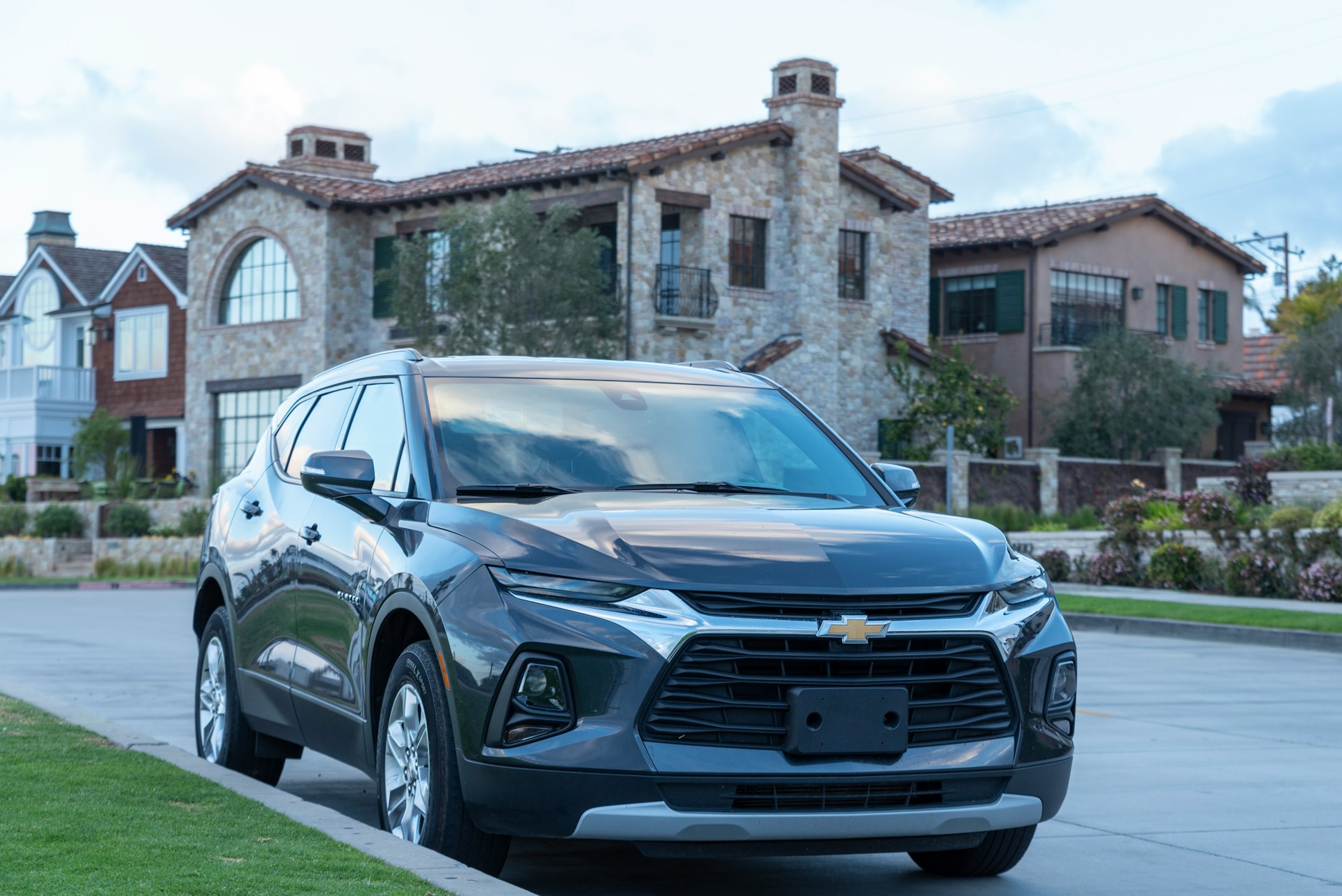Racing to the Future: A Deep Dive into the Dynamic World of Automotive Telematics
From the humble beginnings of in-car radio and simple navigation systems to the highly advanced, interconnected data networks of today, automotive telematics has transformed the way we drive and interact with our vehicles. This article will take you on a fascinating journey into the realm of automotive telematics, exploring its evolution, current trends, and the potential it holds for the future of driving.

A Brief History of Automotive Telematics
Telematics, a blend of telecommunications and informatics, traces its roots back to the early 20th century when radios started being fitted into cars. Over time, these systems evolved, incorporating GPS navigation, hands-free calling, and vehicle diagnostics. However, it was only in the 1990s that the term “automotive telematics” was coined, marking the beginning of a new era in car technology.
The Current State of Automotive Telematics
Today, telematics systems have become an integral part of modern vehicles. These systems are no longer limited to providing navigation and entertainment; they now offer a range of services from real-time traffic updates, vehicle tracking, and predictive maintenance to emergency assistance and personalized insurance. The data collected through these systems is analyzed and used to enhance vehicle performance, safety, and the overall driving experience.
The Impact of Automotive Telematics
The introduction of telematics has revolutionized the automotive industry. By providing real-time information about vehicle performance and driving behavior, it has given manufacturers valuable insights, leading to improvements in vehicle design and safety. For drivers, it has made driving more convenient, safer, and cost-effective. However, with the benefits come challenges. Privacy concerns, data security, and the need for standardized protocols are some of the issues that need to be addressed as telematics becomes more prevalent in our vehicles.
Looking Ahead: The Future of Automotive Telematics
The future of automotive telematics looks promising. With advancements in technology, we can expect even more sophisticated systems that seamlessly integrate with our digital lives. For instance, we might see vehicles that can communicate with each other and the infrastructure around them to prevent accidents, or systems that can predict mechanical failures before they happen. One thing is clear: as we move towards a more connected automotive future, telematics will play a pivotal role.
The Balance of Innovation and Challenge
Innovation in automotive telematics holds immense potential to redefine our driving experience. However, it’s not without its challenges. As we forge ahead, it will be crucial to balance innovation with considerations for privacy, data security, and standardization. The aim should be to create a driving experience that’s not just smarter and safer, but also respects our privacy and freedom.
In conclusion, automotive telematics is a dynamic field that’s racing towards a future where our cars are more than just machines—they’re intelligent, responsive, and interconnected. As we navigate this exciting terrain, it’s important to not only marvel at the technological marvels but also address the challenges they bring. As we gear up for this ride, one thing is certain: the road ahead is full of possibilities.





